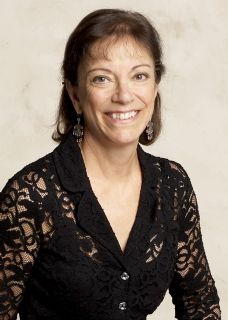|
Symphony
FROM THE NEW WORLD TO THE OLD WORLDby Peter Lert Saturday, June 14, 2025 Chamber
MC2 DUO RECITAL CLOSES 222'S SEASONby Terry McNeill Saturday, June 14, 2025 Choral and Vocal
CANTIAMO SONOMA'S LUSCIOUS A CAPELLA SINGING IN SEASON ENDING CONCERTby Pamela Hicks Gailey Sunday, June 8, 2025 Symphony
SRS SEASON ENDS WITH RESOUNDING TA-TA-TA-BANGby Terry McNeill Sunday, June 1, 2025 Symphony
YOUTHFUL VIRTUOSITY ON DISPLAY AT USO'S MAY CONCERTSby Peter Lert Saturday, May 17, 2025 Symphony
MYSTICAL PLANETS AND LIVELY GERSHWIN ORTIZ AT FINAL SRS CONCERTby Peter Lert Sunday, May 4, 2025 Symphony
VSO'S CONCERT MUSIC OF TIME, MUSIC OF PLACEby Peter Lert Sunday, April 27, 2025 by Pamela Hicks Gailey Saturday, April 26, 2025 by Pamela Hicks Gailey Friday, April 18, 2025 by Terry McNeill Sunday, April 13, 2025 |
MTA RECITAL IS FAR FROM PARISby Terry McNeillSunday, January 18, 2009
Sonoma County has a long and cordial history of music in private homes, the most prominent examples being the many events in Corrick and Norma Brown’s living room, and the monthly jazz concerts in Ernie Shelton’s Sebastopol home. Now the local chapter of the Music Teacher’s Association of California has inaugurated a fund-raising house concert series, which launched on Jan. 18 in a recital by pianist Peggy Nance in a Santa Rosa home.
|
|
Copyright © 2025 Classical Sonoma | Questions, comments, corrections: info@classicalsonoma.org

